1831 Bordellos and a dog named Dinty
Room at the Inn: Historic Hotels of British Columbia’s Southern Interior
by Glen A. Mofford
Victoria: Heritage House Publishing, 2023
$26.95 / 9781772034233
Reviewed by Ron Verzuh
*
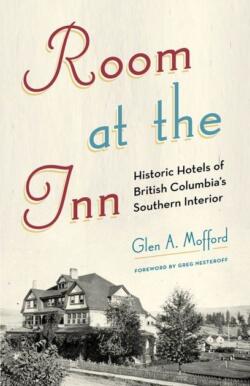 Remember staying at that cozy little hotel on your honeymoon, that summer vacation spot by the lake or that mountain resort? Well, now you can vicariously enjoy 40 such idylls across British Columbia’s southern towns and near-ghosts towns in Room at the Inn, the late Glen Mofford’s delightful account peppered with historic details and a few surprises.
Remember staying at that cozy little hotel on your honeymoon, that summer vacation spot by the lake or that mountain resort? Well, now you can vicariously enjoy 40 such idylls across British Columbia’s southern towns and near-ghosts towns in Room at the Inn, the late Glen Mofford’s delightful account peppered with historic details and a few surprises.
What’s so fascinating about a bunch of long-forgotten old wooden rattletraps? First, they are a way to rekindle fond family memories, but they also help us rediscover our local history. And Mofford offers us a glimpse of B.C.’s wild west from ground level rather than from a TV scriptwriter’s imagination.
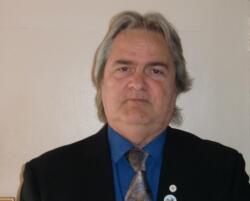
We travel with him through the Similkameen Valley to Okanagan, Boundary and Kootenay country, visiting pioneer hotels that are largely gone now – many of them consumed by fire – although a few survive today. As Mofford explains, “fire was the single most destructive force,” as we see in the destruction and rebuilding of the King Edward Hotel in the great Fernie fire of 1908.
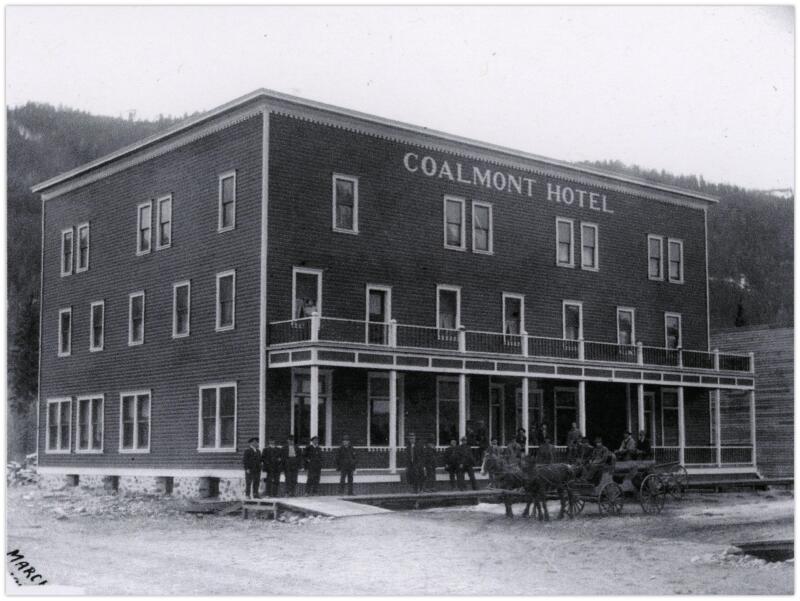
He also reveals snippets of a traveller’s life, such as “spacious rotundas,” lavish dining rooms with sumptuous menus, “sample rooms” for travelling sales representatives and writing rooms. Hotel patrons needed the latter to communicate in the pre-cellphone era.
There were dignitaries, too, such as visits from B.C. Premier Fightin’ Joe Martin, Liberal Prime Minister Sir Wilfrid Laurier who spoke from the balcony of the Queen’s Hotel in Golden, and Conservative PM R.L. Borden. There was even a Countess Bubna of Austria at the Eldorado Arms at Okanagan Mission.
Oh, there is also some Hollywood in those old roadhouses. Crooner Bing Crosby once parked his blue Cadillac coupe in front of the Mount Baker Hotel in Cranbrook and signed autographs while he ate lunch at Pat’s Coffee Shop. Bing’s buddy comedian Bob Hope quipped of Nelson’s Hume Hotel: “It’s nice to stay in a hotel that is older than you are.”
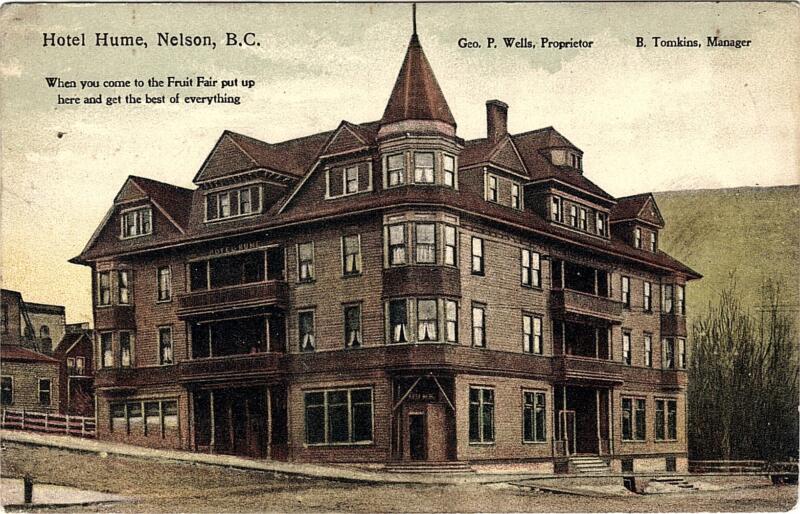
Bordellos, banditry, child abuse, murder, suicide, a wolfhound attack and arson were all part of the hotel business. In one notable incident at the Bridesville Hotel, proprietor Mary McBride “grabbed a whisky bottle and smashed it over the wild man’s head . . . . The knife-wielding madman slumped to the floor unconscious.” Her husband was working at his Bucket of Blood bar when he was attacked and rescued by Mary.
Prohibition was the law from 1917 to 1921 in B.C., but after it ended rum-running to the dry United States shifted into high gear and hotels near the Canada-U.S. border were convenient stop-off points. Mofford also tells us of the beer parlour era during which the hotels thrived and sometimes “burned to the ground” when a drunk left a cigar burning.
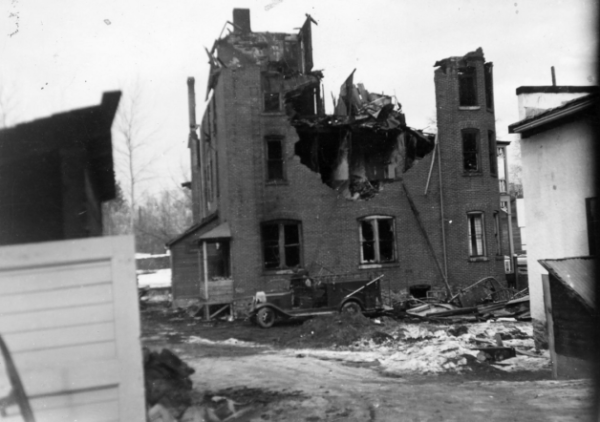
Perhaps most notable for its wildness was Johnny Harris’s Reco Hotel in the mining ghost town of Sandon in the Slocan Valley. Mining millionaire Harris was once tried for murder, but a hung jury let him off the hook. The trial added to the mystique of a hotel and a town both destined for annihilation.
Also in the grisly category are stories about the frozen deaths of two African Americans at the Summerland Hotel, the forced labour of Japanese internees who worked at the Coronation Hotel in Athalmer, and the tale of Armen and Mary Papazian’s escape from the Armenian genocide. The couple ran Nelson’s Strathcona (previously Phair) Hotel for 13 years.
There was also good clean fun, with hotel proprietors, some of them active politicians and wealthy entrepreneurs, sponsoring local sports teams, children’s foot races and providing convenient road stops for the new era of the automobile. Dog derbies were also popular with the kids and with the betting public in particular. In one derby, a dog named Dinty got sidetracked by a female stray, putting all bets off.
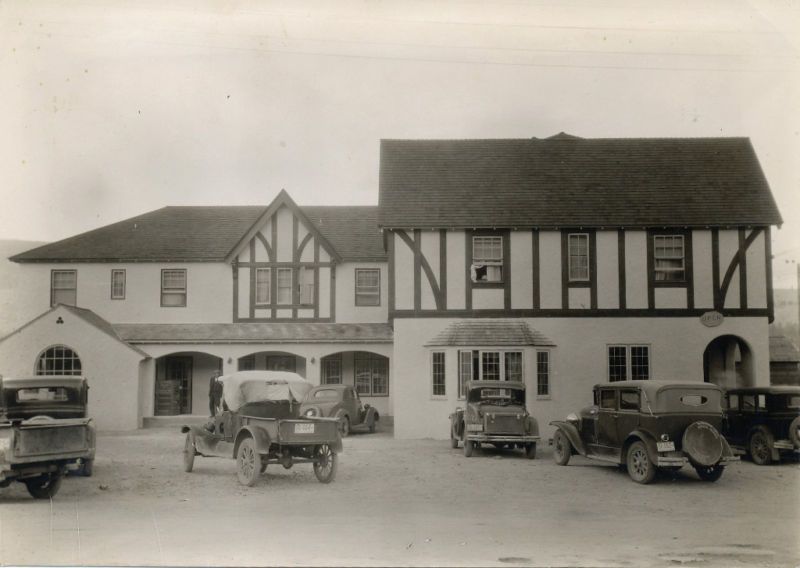
Mofford includes one of my old favourites, the Crown Point Hotel in Trail, which was the scene of a smelter workers’ protest in the early 1950s when union members picketed the hotel, thinking that Charles Millard was inside. Millard had led a prolonged attempt to steal workers from their existing union. It turned out they had the wrong Millard!
My only tiny regret is that Mofford did not include Nakusp’s Leland Hotel, the oldest continuously operated hotel in B.C. (built in 1892) or so it is claimed. Like his many other selections, the Leland offers a peek at another era. Overlooking majestic Upper Arrow Lake, it is not far from the famed resort of Halcyon Hot Springs which is included in the book.
Let’s hope the Leland doesn’t burn down like so many of the historic hotels that form a significant part of our province’s history. With Mofford as our able guide we now can visit this colourful past through all its faded splendour.
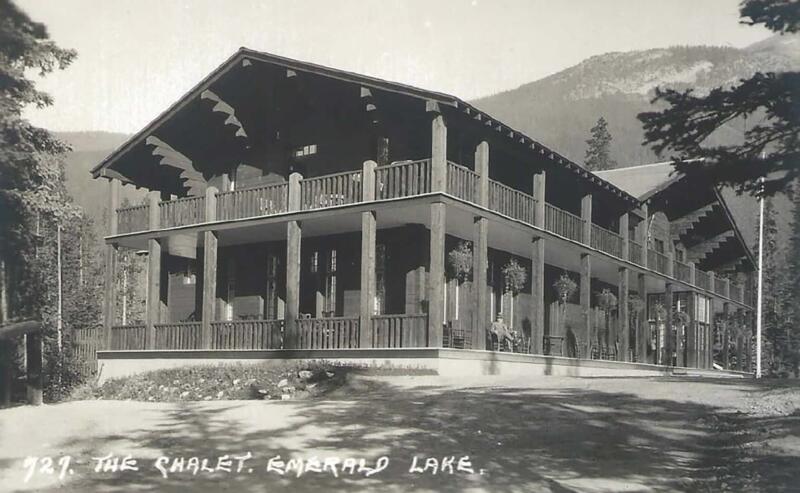
*
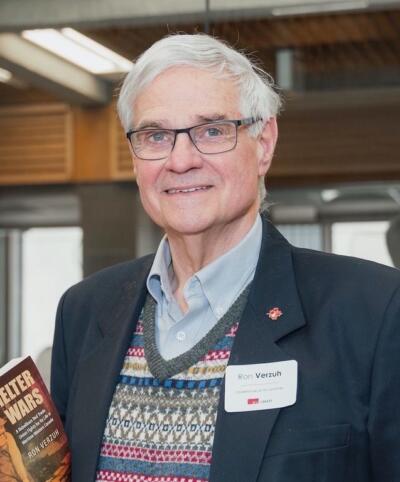 Ron Verzuh is a writer, historian and documentary filmmaker. His new book Printer’s Devils (Caitlin Press, 2023) tells the 30-year social history of the Trail Creek News, a feisty pioneer newspaper in Trail. His recent book, Smelter Wars: A Rebellious Red Trade Union Fights for its Life in Wartime Western Canada (University of Toronto Press, 2022), was reviewed by Bryan D. Palmer; an earlier book, Codenamed Project 9: How a Small British Columbia City Helped Create the Atomic Bomb (2018), was reviewed by Mike Sasges. Editor’s note: Ron Verzuh has recently reviewed books by Derek Hayes, Keith G. Powell, Derryll White & Erin Knutson, Lily Chow, Jean Barman, Sarah Berman, and Wayne Norton for The British Columbia Review, and he has contributed an essay on trade unionist Harvey Murphy. Ron lives in Victoria.
Ron Verzuh is a writer, historian and documentary filmmaker. His new book Printer’s Devils (Caitlin Press, 2023) tells the 30-year social history of the Trail Creek News, a feisty pioneer newspaper in Trail. His recent book, Smelter Wars: A Rebellious Red Trade Union Fights for its Life in Wartime Western Canada (University of Toronto Press, 2022), was reviewed by Bryan D. Palmer; an earlier book, Codenamed Project 9: How a Small British Columbia City Helped Create the Atomic Bomb (2018), was reviewed by Mike Sasges. Editor’s note: Ron Verzuh has recently reviewed books by Derek Hayes, Keith G. Powell, Derryll White & Erin Knutson, Lily Chow, Jean Barman, Sarah Berman, and Wayne Norton for The British Columbia Review, and he has contributed an essay on trade unionist Harvey Murphy. Ron lives in Victoria.
*
The British Columbia Review
Interim Editors, 2023-24: Trevor Marc Hughes (non-fiction), Brett Josef Grubisic (fiction)
Publisher: Richard Mackie
Formerly The Ormsby Review, The British Columbia Review is an on-line book review and journal service for BC writers and readers. The Advisory Board now consists of Jean Barman, Wade Davis, Robin Fisher, Barry Gough, Hugh Johnston, Kathy Mezei, Patricia Roy, Maria Tippett, and Graeme Wynn. Provincial Government Patron (since September 2018): Creative BC. Honorary Patron: Yosef Wosk. Scholarly Patron: SFU Graduate Liberal Studies. The British Columbia Review was founded in 2016 by Richard Mackie and Alan Twigg.
“Only connect.” – E.M. Forster
3 comments on “1831 Bordellos and a dog named Dinty”
Delightful review of what seems to be an entertaining collage of memorable establishments…